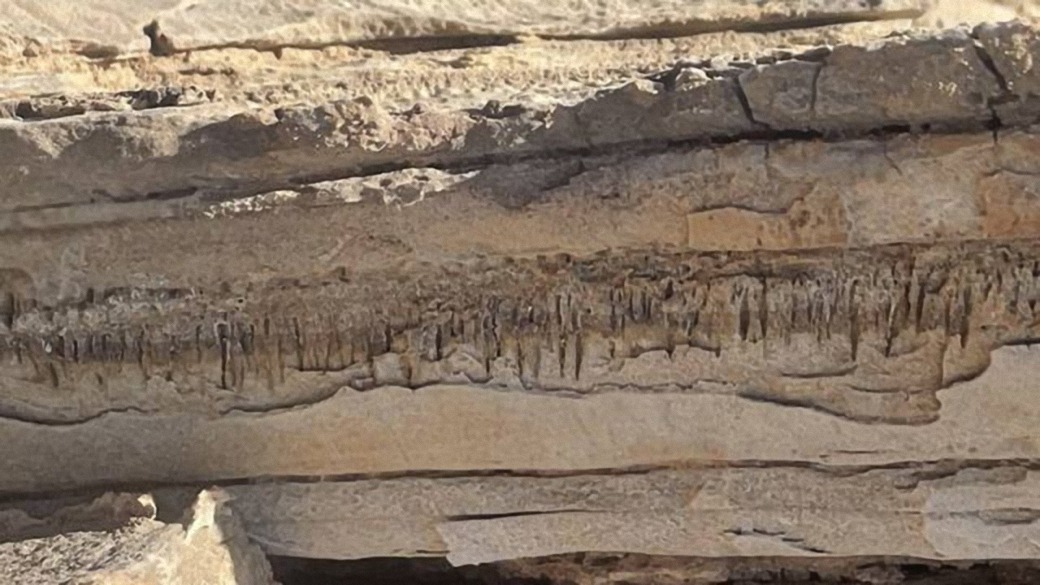
A team of scientists has documented a network of microscopic tunnels dug in marble and limestone in the Namib Desert that cannot be explained by known natural processes. According to the study published in Geomicrobiology JournalThese structures, only 0.5 mm wide and up to 3 cm long, have also been found in Saudi Arabia and Oman.
The researchers, led by geologist Cees Passchier of Johannes Gutenberg University in Mainz, argue that the tunnels may have been created by an endolithic micro-organism that lived inside the rock to obtain nutrients. However, due to the age of the find - between one and two million years - it has not been possible to recover DNA or proteins to identify the organism responsible.
The constant vertical alignment of the cavities and their connection with carbonate-filled fractures reinforce the hypothesis of a biological pattern of excavation. In addition to the palaeobiological interest, the discovery could provide key information on the global carbon cycle, as these microorganisms could have influenced the release or storage of atmospheric carbon.
Passchier highlights the possibility that this life form still exists somewhere on the planet and urges the scientific community to continue researching these structures in Africa and other arid regions of the world.
Source: elconfidencial.com 23/03/2025
